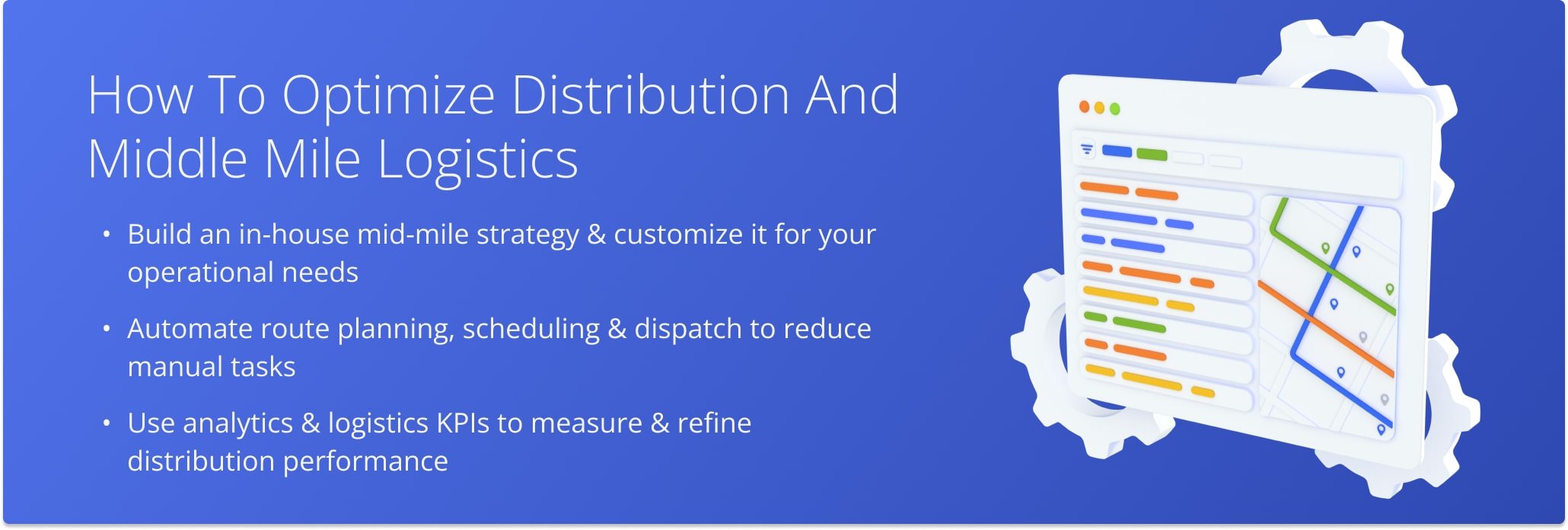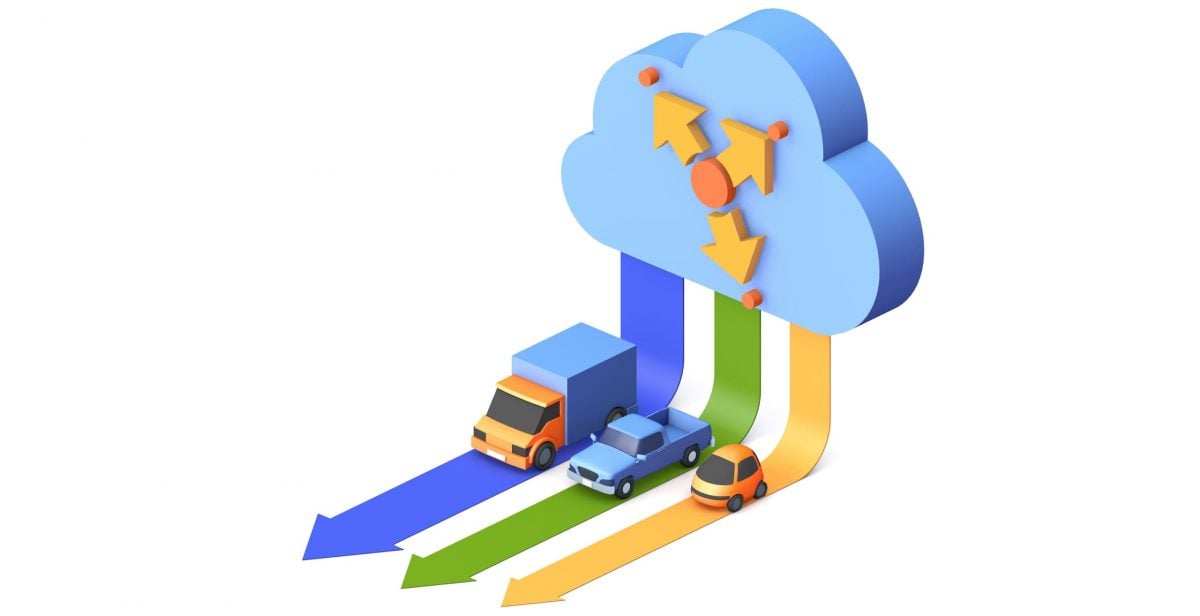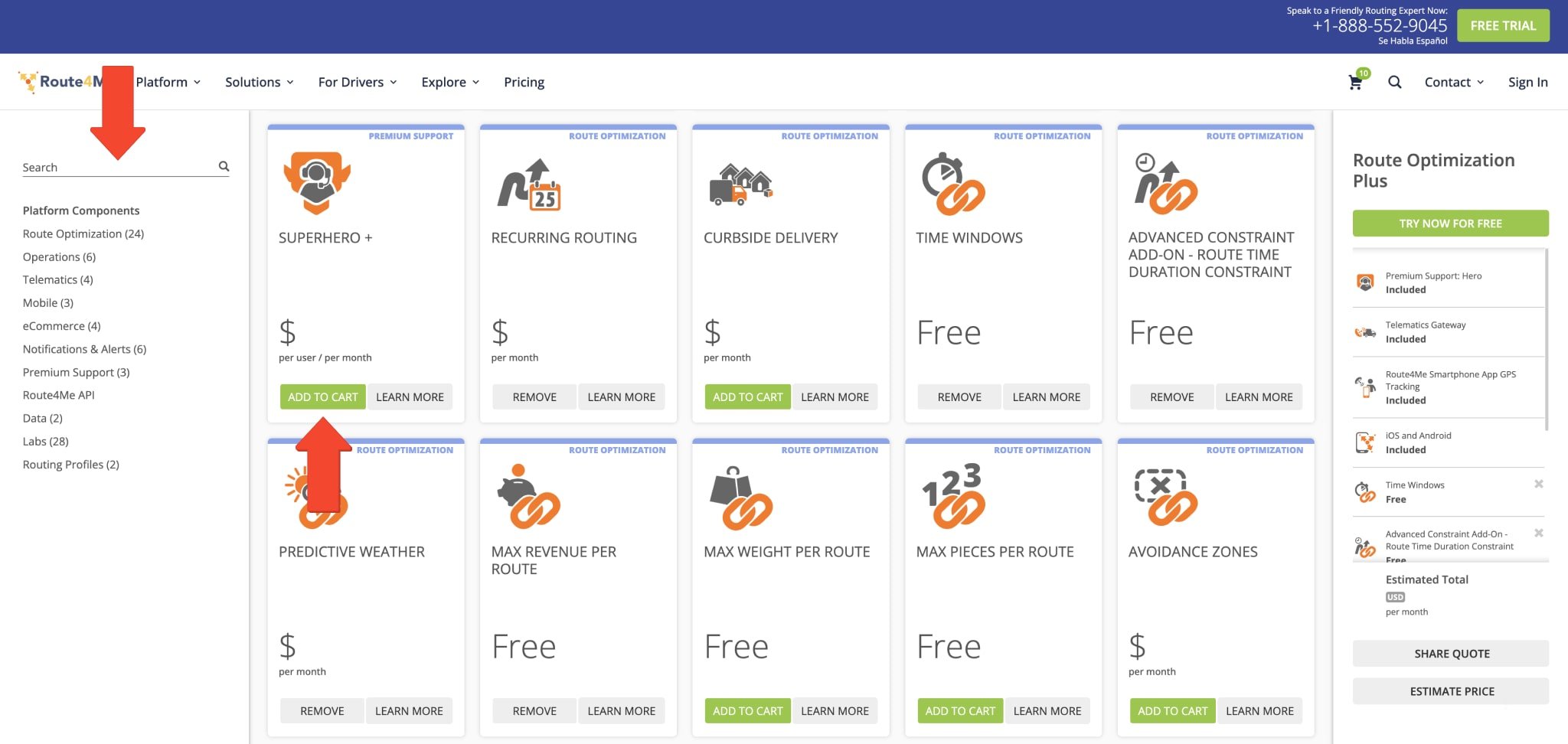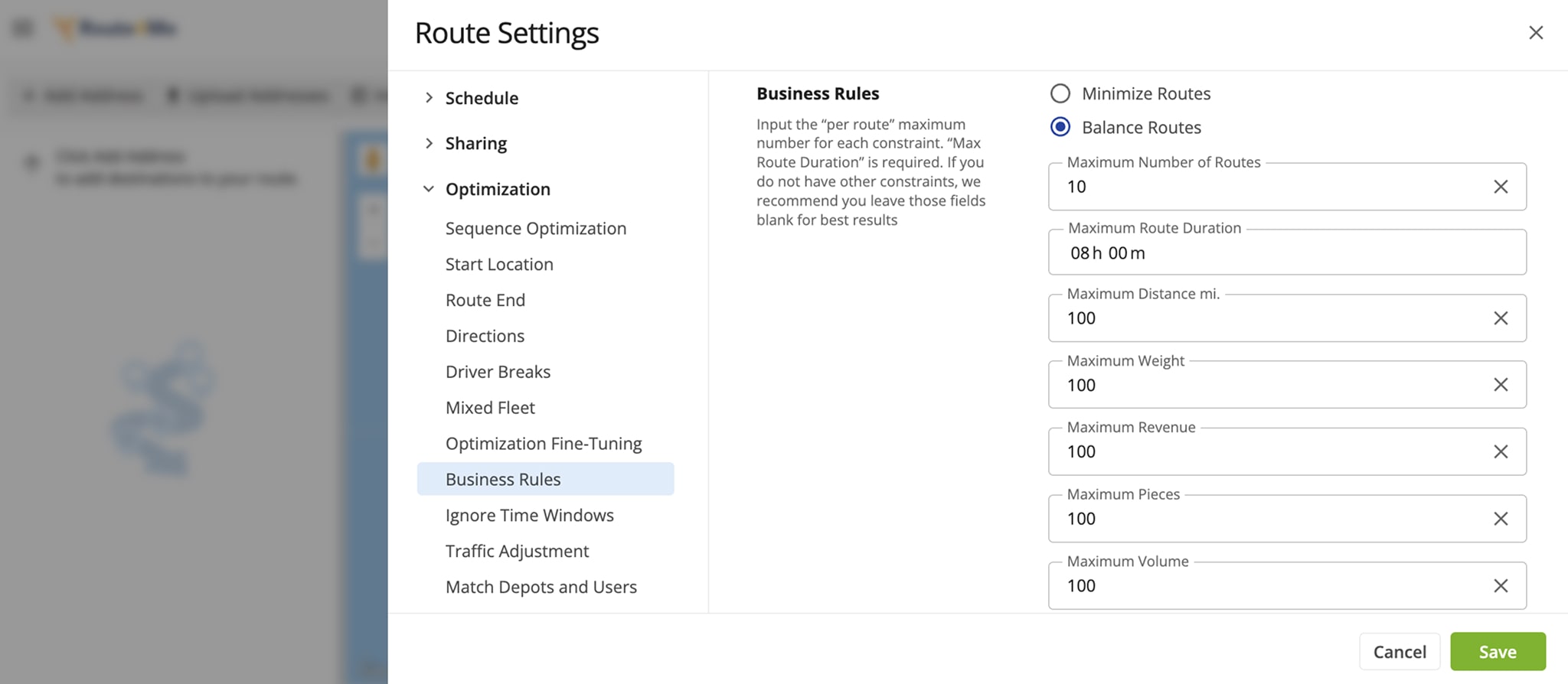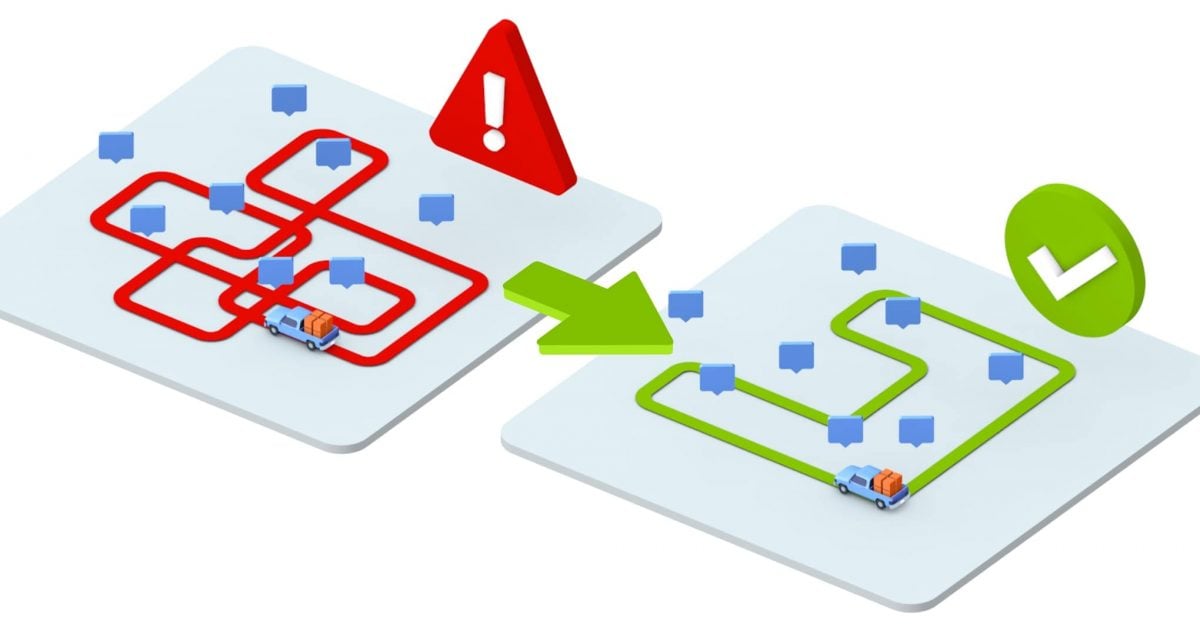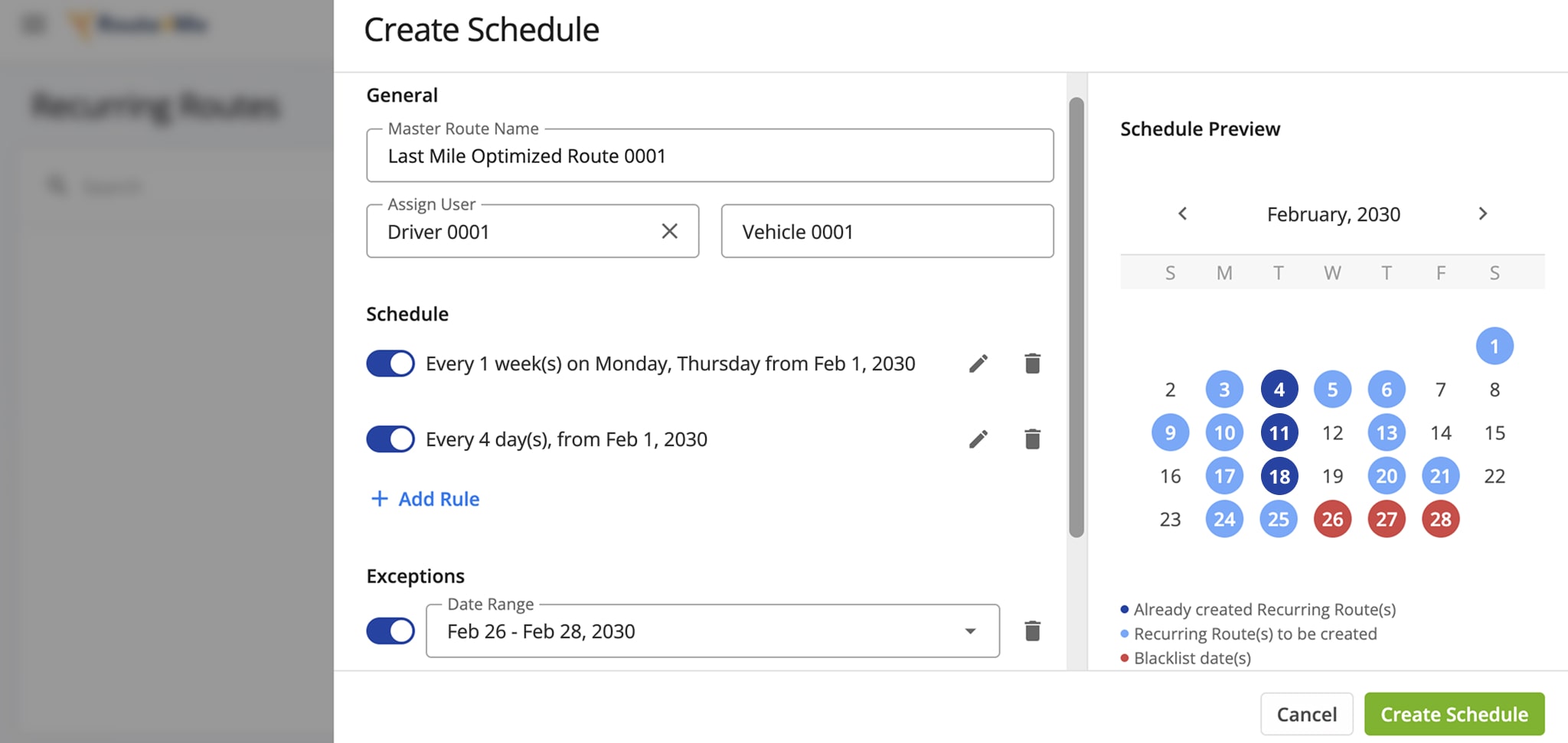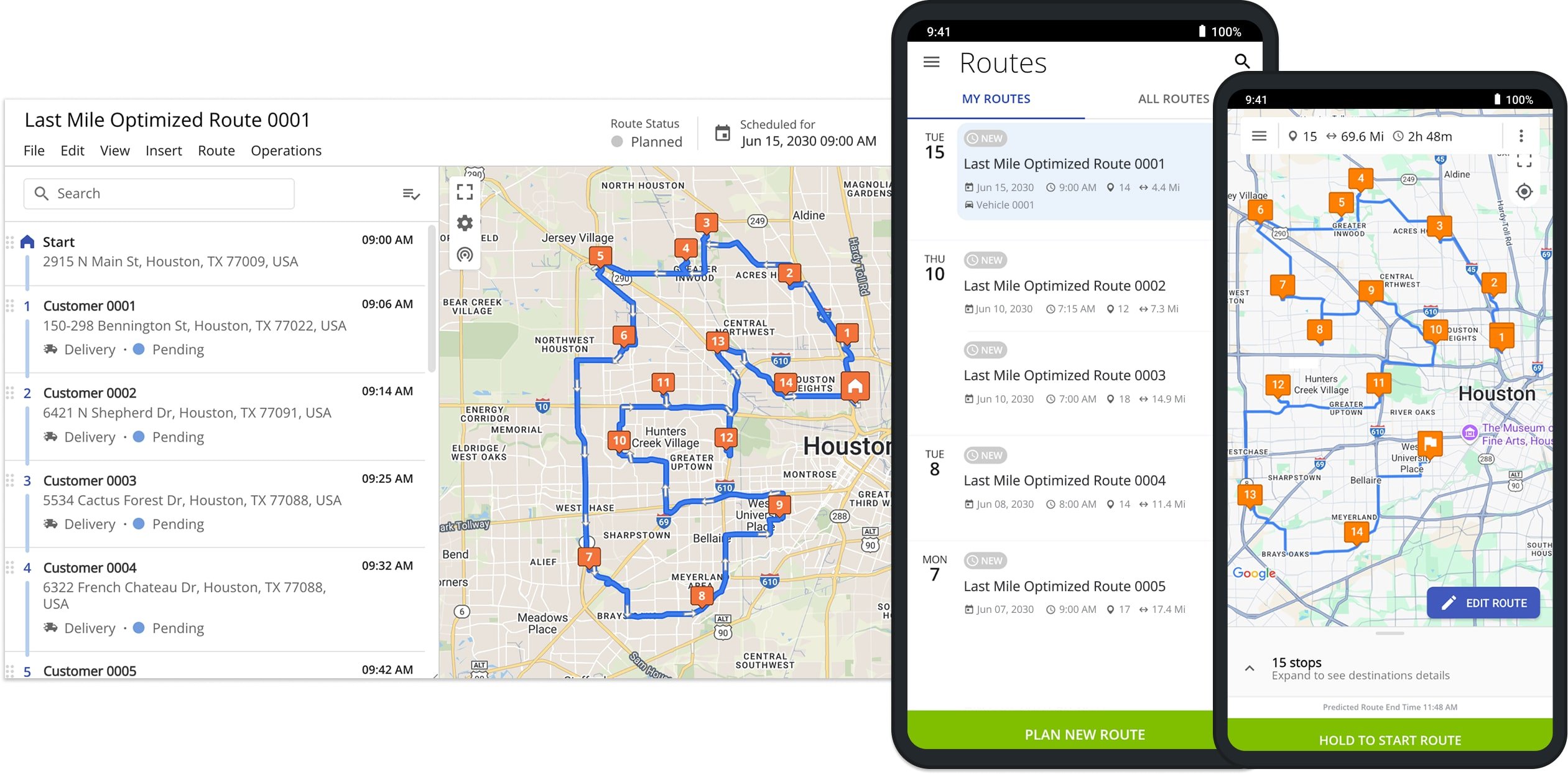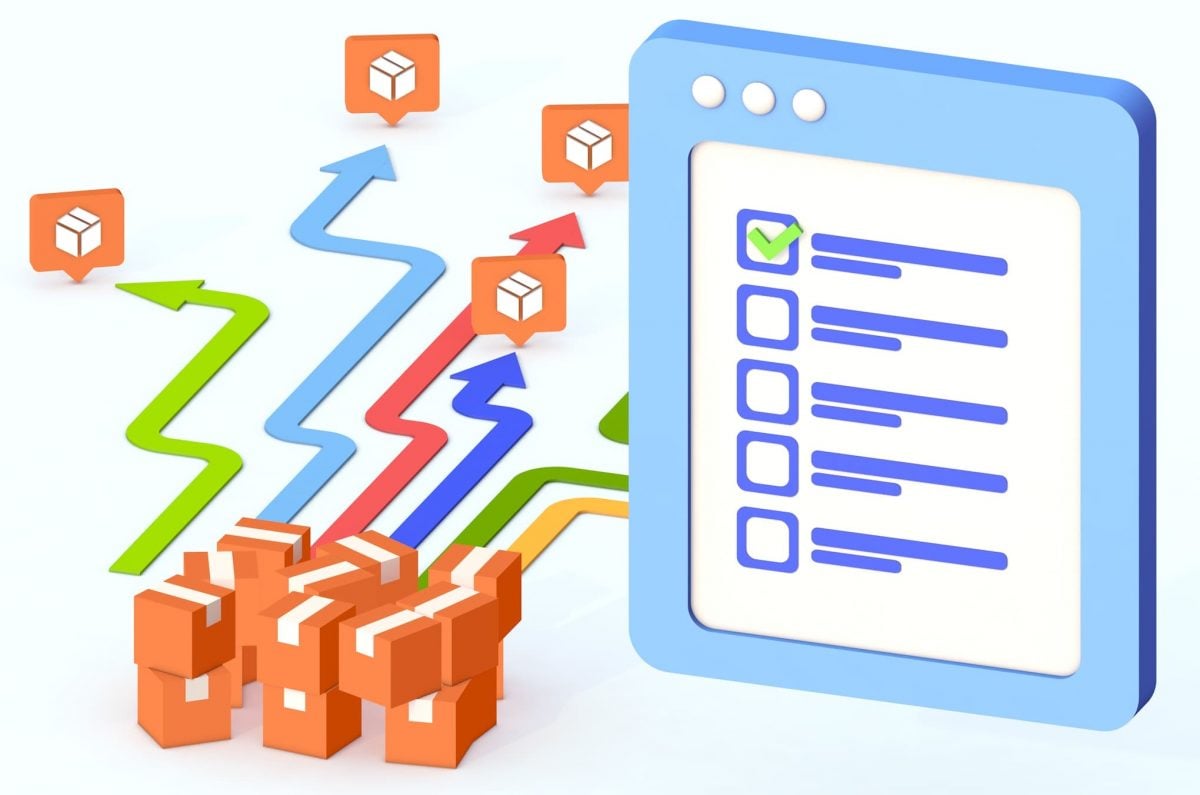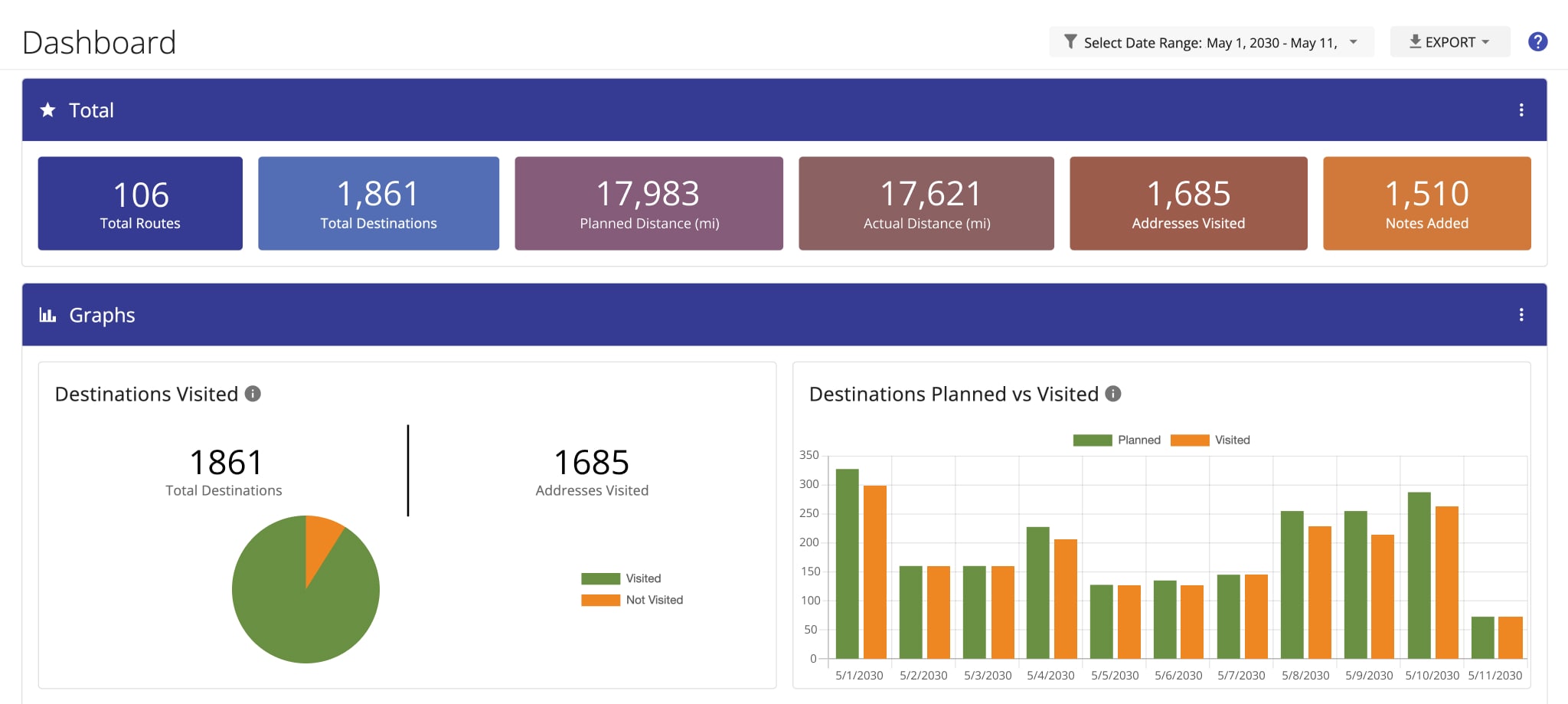How To Optimize Distribution And Middle Mile Logistics
Retailers and logistics providers are increasingly turning their attention to middle mile logistics to gain control over costs and improve supply chain performance. While much focus is typically placed on last mile delivery, optimizing the middle mile, also known as local distribution, can drive cost savings and operational efficiency. By taking control of mid-mile routes, businesses can reduce reliance on third-party carriers, streamline warehouse operations, and maximize delivery resources. Whether you manage recurring local freight or multi-depot routes, you’ll learn how to optimize distribution and cut expenses in 2025 and beyond.
Truck routing must account for regulations, restrictions, and road constraints, making it essential to test your routes using real data with a free truck route planner trial. Try a 7-Day Free Route Planner Unlimited Stops and Unlimited Tasks Test Drive today!
Table of Contents
What Is Middle Mile Logistics?
Middle mile logistics, also called local distribution, refers to transporting goods from a warehouse or fulfillment center to a store or distribution hub. Unlike the first or last mile, middle mile operations are typically repetitive and predictable, making them ideal for optimization and automation.
Companies like Amazon have shown how optimizing middle mile logistics through route planning, autonomous trucks, and automated order picking can cut costs and improve operational efficiency.
First Mile, Middle Mile, And Last Mile Logistics
The supply chain consists of three segments:
- First mile: Goods move from a manufacturer to a warehouse or fulfillment center.
- Middle mile: Goods move from a warehouse to a distribution hub or local delivery center.
- Last mile: Goods are delivered from a warehouse or hub to the final customer.
Most retailers focus on last mile efficiency because it’s expensive, but optimizing middle mile logistics can also significantly reduce costs.
How to Optimize Distribution & Middle Mile Logistics
Once last mile processes are optimized, focus on your middle mile operations. Here’s a 9-step strategy to streamline distribution and cut expenses:
1. Consider In-House Middle Mile
Relying heavily on third-party carriers, LTL providers, and freight brokers limits control over costs. Running middle mile operations in-house provides predictability and control, allowing automation and route optimization to deliver substantial savings.
2. Use Route Optimization Software
Route optimization software automates repetitive middle mile tasks, helping businesses plan efficient multi-stop routes. The best route optimization software, like Route4Me, offer customizable solution, preventing unnecessary fees and ensuring your routing software meets the specific needs of your distribution network.
3. Import Addresses Any Customer Database (CRM, eCommerce Platforms, Excel Spreadsheets)
Sync your route planner with CRM or eCommerce platforms to import customer addresses. Route4Me, an adaptable business route management software, supports multiple import methods:
- CRM and eCommerce platforms
- Excel spreadsheets
- Cloud storage (Google Drive, Dropbox, etc.)
This ensures all delivery points are captured efficiently for route optimization.
4. Specify Custom Middle Mile Optimization Parameters
Set constraints and business rules in your routing software to match your fleet and operational needs. Route4Me, the easiest route planner software for middle mile logistics, enables you to you to fine-tune route planning with such parameters as:
- Weight per vehicle
- Cubic volume per vehicle
- Stops per route
- Route duration and distance
- The number of packages per route
- Time windows
Optimized routes ensure trucks operate at full capacity, improving speed, efficiency, and cost-effectiveness.
5. Optimize Distribution Routes
Whether planning multi-depot routes, cross-docking, or urban deliveries, optimizing middle mile routes reduces unnecessary mileage and fuel costs. Efficient route planning prevents drivers from circling between depots or fulfillment centers, saving time and money.
6. Schedule Recurring Middle-Mile Routes
Because middle mile routes are often repetitive, schedule recurring deliveries in advance. Route4Me allows you to create route templates and plan routes as calendar events, making planning faster and reducing operational overhead.
7. Send Routes To Drivers’ Route Planner Apps Or GPS Truck Apps
Dispatch optimized routes directly to drivers’ GPS apps. Route4Me, the fastest truck routing software, supports iOS and Android apps with:
- Voice GPS navigation
- Proof of delivery collection
- Real-time route updates accounting for traffic and weather
This keeps drivers on track and improves route adherence.
8. Improve Warehouse Operations
Optimize warehouse tasks like order picking, loading, and inventory management to support middle mile efficiency. Proper warehouse management reduces loading times and ensures trucks depart fully loaded, enhancing route efficiency.
9. Track Analytics And Middle Mile Logistics KPIs
Use route analytics to measure performance and ROI. Track logistics KPIs like:
- Total planned routes and stops
- Planned vs. actual distance
- Visited vs. missed addresses
- Proof of delivery notes
Route4Me allows reports by driver, date, or stop type, with data export options for further analysis.
Last Updated:
